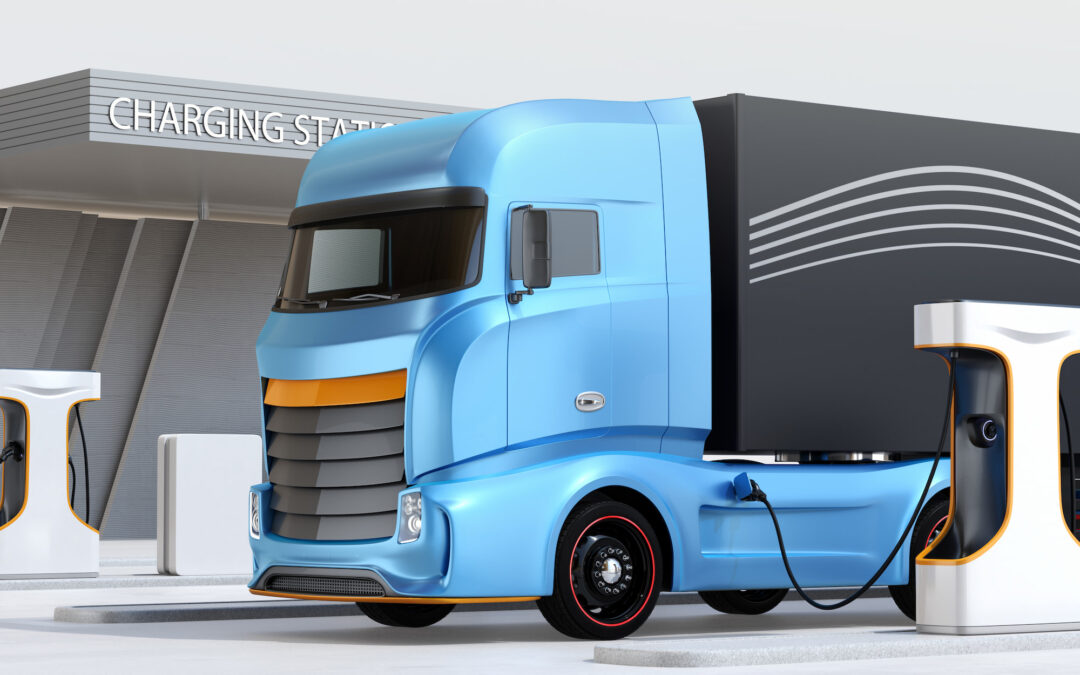The Biden Industry has recently announced an EV truck charging plan to progress zero-emission shipping across the U.S. termed the National Zero Emission Corridor Strategy. This is a 16-year plan to create battery-charging and hydrogen-refueling electric truck stations. Workers will build hubs along 12,000 miles of interstates and in the biggest ports in the U.S. The strategy has four phases, starting with phase one, covering approximately 23% of the National Highway Freight Network (NHFN). By 2040, builders will complete the entire network of hubs, and its length will increase from 12,000 (phase one) to 49,000 miles (phase four). The plan is a critical step with U.S. goals to reach economy-wide net-zero emissions by 2050.
What Can The EV Truck Charging Plan Mean for Domestic Shipping?
Domestic shipping accounts for over 70 percent of the U.S. overland freight movement. With how big the trucking industry is, it’s a significant contributor to global warming. The U.S. transportation sector is responsible for nearly 23% of the country’s greenhouse emissions. A switch to more economically friendly transport can positively impact domestic shipping. Along with environmental friendliness, EVs can lead to cost savings for truckers. EVs don’t require gasoline fuel, which allows for long-term savings since the driver doesn’t have to purchase diesel weekly. Maintenance costs are also lower since standard services like oil changes and fuel filters are unnecessary.
Specific trucking companies have had their share of criticisms regarding the plan. An EV a carrier uses to move freight can cost around $185,000, twice that of a standard diesel truck. This may be challenging for smaller and newer fleets with insufficient capital to purchase an EV. Switching the trucks in the U.S. from Diesel to electric will also require a trillion-dollar investment. The costs could indirectly flow to the customers due to expensive vehicle costs and less capacity. Truckers are also affected by the battery charging times, which can take over an hour for certain EVs. This cuts into the amount of cargo that the carrier can move daily.
Net-Zero Emissions By 2050
The National Zero Emission Corridor Strategy is part of an even bigger worldwide net-zero emission plan. In 2050, the global energy sector plans on completely negating the greenhouse gasses produced by human activity to zero. While this includes the U.S. domestic shipping industry, this extends further to CO2 emissions in general, including international shipping. The International Maritime Organization (IMO) is reducing greenhouse gas emissions that vessels release by at least 50% by 2050. The IMO will do this by decarbonizing over 50,000 of the world’s ocean carriers.
Reducing trucking emissions is a crucial component because of the amount of CO2 that trucks release. By 2030, the Biden administration aims to have half the vehicles sold to be EVs. While it may be a while before the trucking industry becomes fully net-zero, shipments still must move domestically. Using the help of a freight broker is an ideal way to get started. Brokers connect you to skilled carriers while staying with you throughout the process. During the journey, they constantly communicate with you and the carrier. To learn about our solutions for moving your cargo to the final destination, contact A1 Freight Solutions at 786-375-9420.

